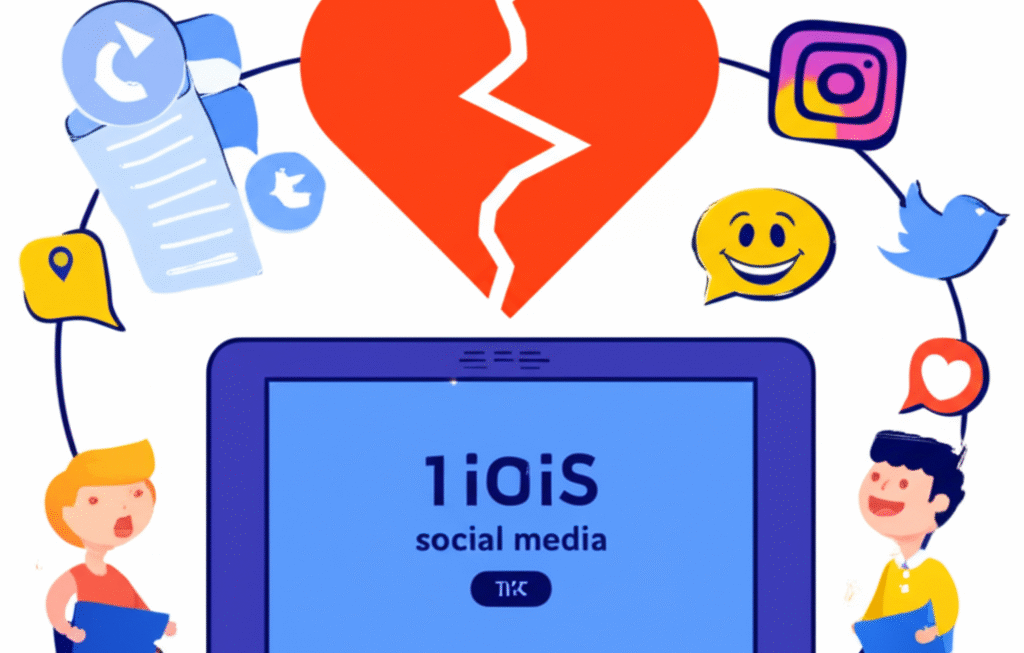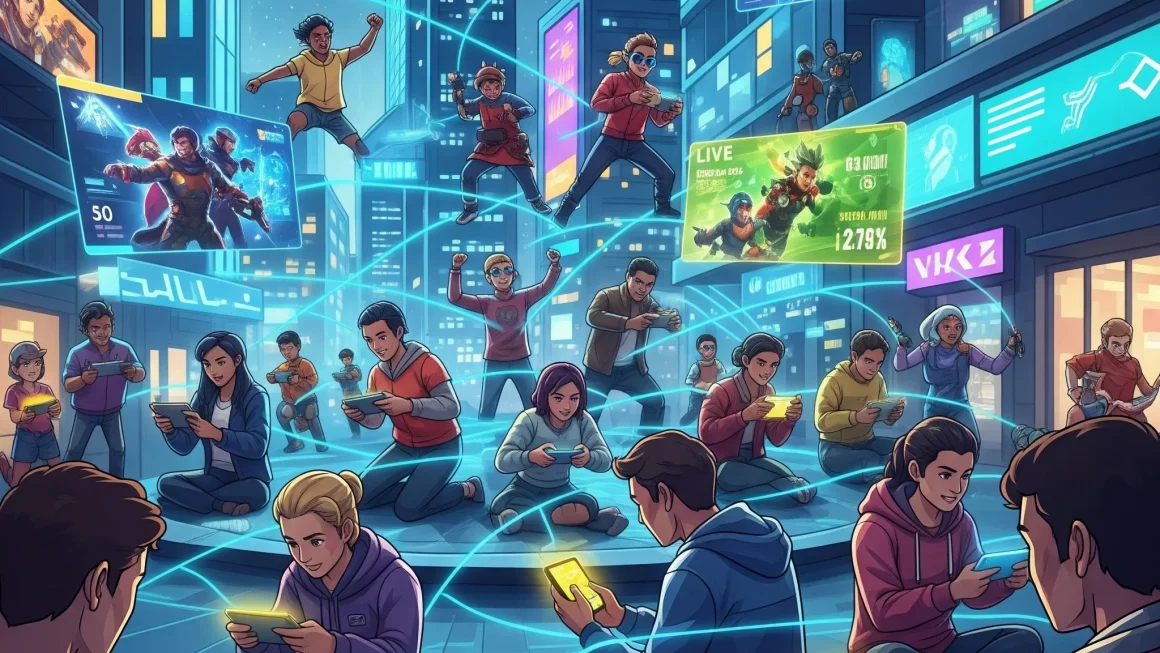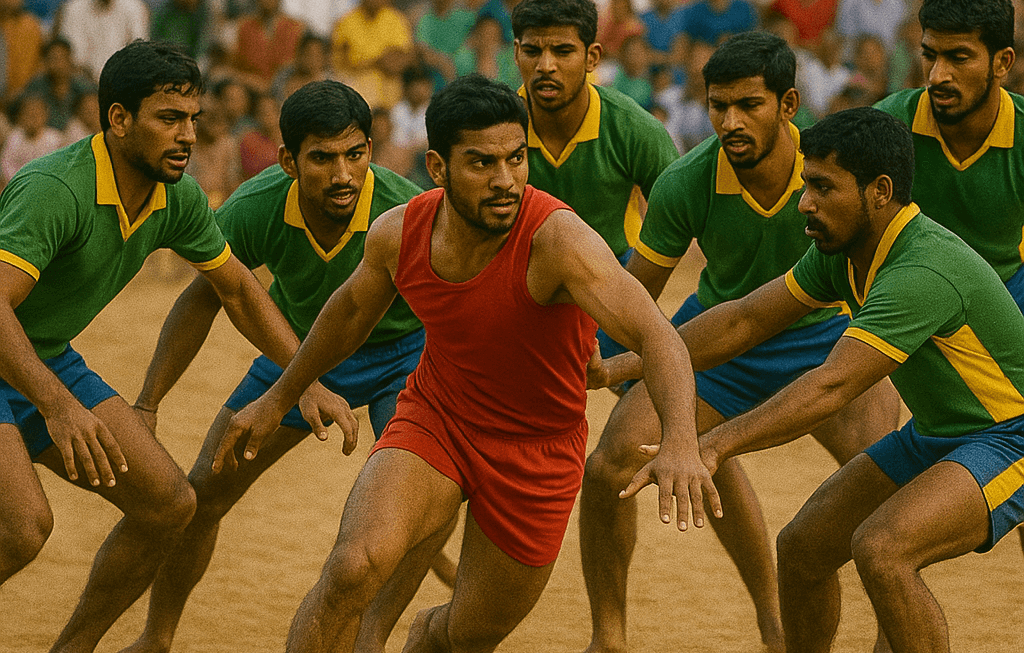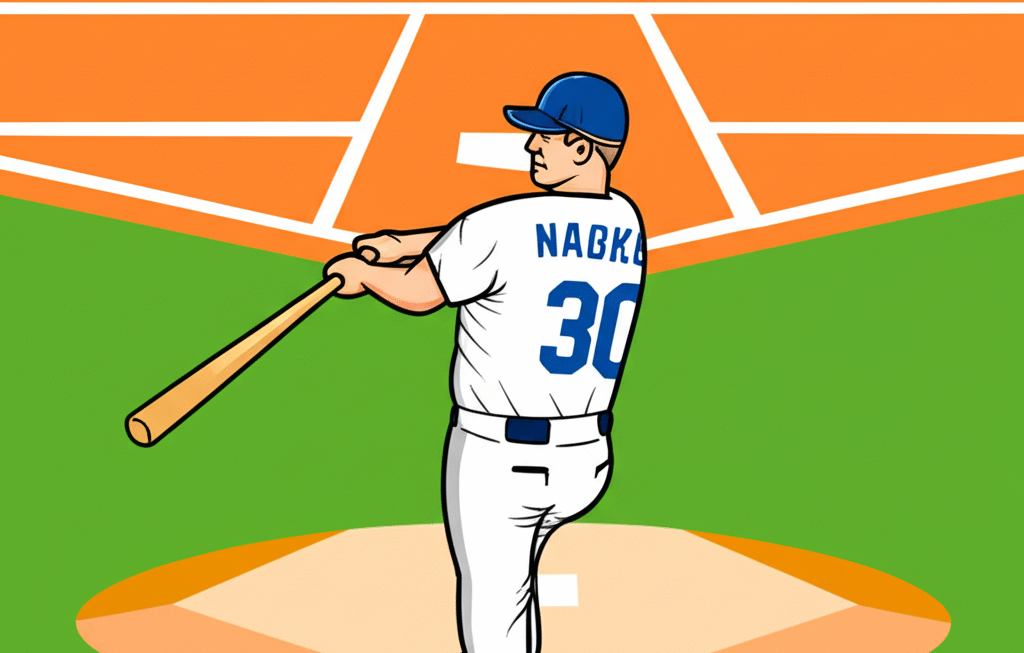Kevin Durant created 150 fake Twitter accounts to argue with random fans about his basketball legacy. Let that sink in for a moment. One of the greatest players in NBA history, worth hundreds of millions of dollars, spent countless hours crafting elaborate online personas just to defend himself against teenagers with anime avatars and 47 followers. This isn’t just weird behavior — it’s a perfect snapshot of how social media has fundamentally rewired the relationship between athletes and society.
Welcome to the brave new world where every athlete is simultaneously a brand manager, content creator, crisis communications specialist, and public figure 24/7. There’s no off-season for social media, no bench to retreat to, no locker room sanctuary. The game never ends, the cameras never stop rolling, and one poorly worded tweet can destroy a career faster than any injury ever could.
When every post becomes front page news — the death of athlete privacy
Social media killed the concept of athlete privacy so thoroughly that younger fans can’t even imagine what sports were like when players had actual private lives. Before Instagram stories and Twitter rants, athletes could compartmentalize their public and personal personas in ways that are now impossible.
The old system wasn’t perfect — it often protected bad behavior and allowed problematic attitudes to fester in private. But it also gave athletes space to be human, to make mistakes without global consequences, and to develop their personalities away from public scrutiny. Today’s athletes grow up knowing that every moment could become content, every relationship might be photographed, and every opinion will be dissected by millions.
This constant exposure has created a generation of athletes who are simultaneously more accessible and more guarded than any in history. They share carefully curated glimpses of their lives while maintaining elaborate privacy protocols that would make CIA operatives jealous. The result is a weird pseudo-intimacy where fans feel closer to athletes while actually knowing less about who they really are.
The psychological toll of this fishbowl existence is just beginning to be understood. When everything you do can become a viral moment, spontaneity dies. When every relationship gets scrutinized for content value, authentic connections become complicated. When your mood on any given day can be analyzed by sports psychologists on television, emotional honesty becomes a luxury few can afford.
The documentation burden
Modern athletes spend significant portions of their lives creating content rather than just living experiences. Vacations become photo opportunities, workouts become motivation posts, and family moments get staged for social media consumption. This documentation burden transforms life into performance art.
Privacy as competitive disadvantage
Athletes who maintain strict privacy often lose endorsement opportunities, fan engagement, and cultural relevance to competitors who embrace social media exposure. This creates pressure to share personal content even when athletes prefer privacy, making authentic choice increasingly difficult.
Generational divide impacts
Veteran athletes who played before social media often struggle to adapt to new expectations while younger players who grew up online navigate these pressures more naturally but may never experience genuine privacy or authentic relationship development.
Brand building versus authentic personality in the Instagram age
Every modern athlete faces the same impossible challenge: be authentic enough to seem relatable while remaining marketable enough to attract corporate sponsors. This balancing act has created a new category of professional athlete who is part performer, part businessman, part influencer, and part traditional competitor.
LeBron James represents the gold standard for navigating this complexity. His social media presence feels personal and authentic while carefully supporting his business empire and social activism. He shares family moments, political opinions, and behind-the-scenes content that builds emotional connections without creating controversy that might damage his brand value.
But for every LeBron success story, there are countless athletes who struggle with this balance. Some become so focused on content creation that their athletic performance suffers. Others maintain such rigid brand control that they become boring corporate spokespeople rather than compelling personalities.
The pressure to constantly generate engaging content has led to increasingly elaborate social media strategies. Athletes now employ teams of photographers, videographers, writers, and social media managers to help maintain their online presence. What started as authentic personal sharing has evolved into sophisticated marketing operations that blur the lines between genuine expression and calculated brand building.
Smart athletes have learned to use social media as a direct connection to fans that bypasses traditional media gatekeepers. Instead of hoping reporters accurately convey their perspectives, they can share their thoughts immediately and unfiltered. This power comes with responsibility that many athletes weren’t prepared to handle.
The authenticity performance paradox
Social media rewards athletes who appear authentic, but the constant pressure to create engaging content makes genuine authenticity nearly impossible. Athletes must perform authenticity rather than simply being authentic, creating psychological stress and identity confusion.
Content creation versus skill development
Time spent creating social media content is time not spent training, studying film, or developing athletic skills. Some athletes have found that social media success actually hurts their athletic performance by dividing their focus and energy.
Sponsor relationship complications
Corporate partners expect athletes to promote products and messages through social media, but audiences can detect inauthentic endorsements. Athletes must navigate complex relationships between personal expression and contractual obligations while maintaining credibility with fans.
Mental health battleground where trolls meet million-dollar athletes
Social media has weaponized fan criticism in ways that previous generations of athletes never experienced. When Michael Jordan had a bad game, angry fans might boo at the arena or complain to friends. When modern athletes struggle, they face immediate, personal, and often vicious attacks from thousands of anonymous accounts.
The psychological impact of this constant negative feedback is profound. Athletes describe reading comments as addictive behavior that they know is harmful but can’t stop. The immediate availability of both praise and criticism creates emotional rollercoasters that affect sleep, relationships, and performance.
Mental health professionals working with athletes report that social media anxiety has become one of the most common issues they address. Players develop elaborate strategies for managing their online exposure, from having assistants filter comments to taking complete social media breaks during difficult periods.
The democratization of criticism through social media has also changed how athletes handle failure. Previous generations could process defeats privately before facing media questions. Now, athletes must navigate public criticism while their emotions are still raw, often leading to defensive responses that create additional controversy.
Here are the key mental health challenges social media creates for athletes:
- Instant negative feedback that affects confidence and decision-making during competition
- Sleep disruption from late-night social media browsing and emotional responses to criticism
- Anxiety about posting content that might be misinterpreted or generate negative reactions
- Depression from comparing their experiences to carefully curated presentations by other athletes
- Addiction-like behaviors around checking notifications, comments, and engagement metrics
- Identity confusion between their authentic selves and their social media personas
- Relationship strain when personal connections become content opportunities or public scrutiny subjects
These challenges are compounded by the fact that social media success often correlates with financial opportunities, making it difficult for athletes to simply avoid platforms that negatively affect their mental health.
Fan engagement revolution that changed how sports are consumed
Social media has transformed passive sports fans into active participants who expect direct interaction with athletes, real-time behind-the-scenes access, and personalized content that makes them feel like insiders. This shift has fundamentally changed how sports organizations, media companies, and athletes themselves approach fan engagement.
The old model of fan engagement was one-directional: athletes performed, media reported, and fans consumed. Social media created bidirectional relationships where fans can directly communicate with athletes, influence their content, and feel like they’re part of athletes’ personal lives. This intimacy has created deeper emotional connections but also unrealistic expectations about access and response.
Athletes who master fan engagement through social media can build massive followings that translate into endorsement opportunities, media deals, and post-career business ventures. The most successful understand that social media followers aren’t just fans — they’re potential customers, supporters, and advocates who can amplify their message and influence.
The data revolution that social media enabled has also changed how teams and leagues understand their audiences. Detailed analytics about fan preferences, engagement patterns, and demographic information allows for targeted marketing that was impossible in the pre-digital era.
Fantasy sports and sports betting have been revolutionized by social media access to athlete information. When players share injury updates, mood indicators, or training footage, it affects betting lines and fantasy decisions in real-time, creating new relationships between athletic performance and fan financial investment.
The democratization of sports media and rise of athlete journalism
Social media has essentially turned every athlete into a media company, capable of breaking their own news, controlling their own narrative, and building direct relationships with audiences without traditional media intermediaries. This shift has disrupted the entire sports media ecosystem.
Athletes can now announce trades, share injury updates, and respond to controversies directly through their social media channels, often reaching larger audiences than traditional sports media outlets. This immediacy and control over messaging has fundamentally altered the power dynamic between athletes and sports journalists.
The rise of athlete-driven content has also created new career opportunities for former players who might not have been considered for traditional media roles. Ex-athletes with strong social media followings can build media brands, launch podcasts, and create content that attracts audiences and advertising revenue.
However, this democratization comes with challenges. Not all athletes are skilled communicators, and the lack of editorial oversight can lead to misinformation, poorly communicated messages, and unnecessary controversies. The traditional media’s role as fact-checker and context-provider becomes more important even as their influence diminishes.
- Direct news breaking that bypasses traditional media gatekeepers — Athletes can share major announcements instantly without waiting for press conferences or media availability
- Narrative control that allows athletes to frame their own stories — Instead of hoping journalists accurately represent their perspectives, athletes can share their viewpoints directly and unfiltered
- Revenue generation through content creation and brand partnerships — Social media followings translate into independent income streams that supplement athletic earnings and provide post-career financial security
These changes have created a more complex but also more diverse sports media landscape where traditional outlets compete with athlete-generated content for audience attention and credibility.
Future generations growing up in the digital fishbowl era
Today’s youth athletes are developing in an environment where social media presence is considered as important as athletic skill for future success. High school players with strong social media followings can attract college recruiters, endorsement opportunities, and media attention that was previously reserved for elite collegiate or professional athletes.
This early exposure to social media pressures is creating new challenges for athlete development. Young players must learn to manage online personas while still developing their athletic abilities, academic skills, and personal identities. The pressure to create engaging content can distract from skill development and academic performance.
Parents and coaches are struggling to provide guidance for navigating social media because they didn’t grow up with these platforms themselves. Traditional athlete development models didn’t account for the time, energy, and psychological resources that social media management requires.
The long-term effects of growing up in the social media spotlight are still unknown. Will athletes who develop with constant online exposure be more resilient to criticism and better at managing public personas? Or will the early pressure create burnout, anxiety, and identity issues that affect their careers and personal lives?
The sports world is essentially conducting a massive experiment with human development, using an entire generation of young athletes as test subjects. The results will shape how future generations approach the intersection of athletics, technology, and public life.
What’s certain is that social media isn’t going anywhere. If anything, new platforms and technologies will create even more sophisticated ways to blur the lines between public and private, authentic and performed, athletic and entertainment. The athletes who thrive will be those who learn to use these tools strategically while maintaining their mental health, authentic relationships, and competitive focus.
The game has changed forever. The question isn’t whether social media has been good or bad for sports — it’s how athletes, fans, and the industry adapt to this new reality while preserving what makes athletic competition meaningful and inspiring.




